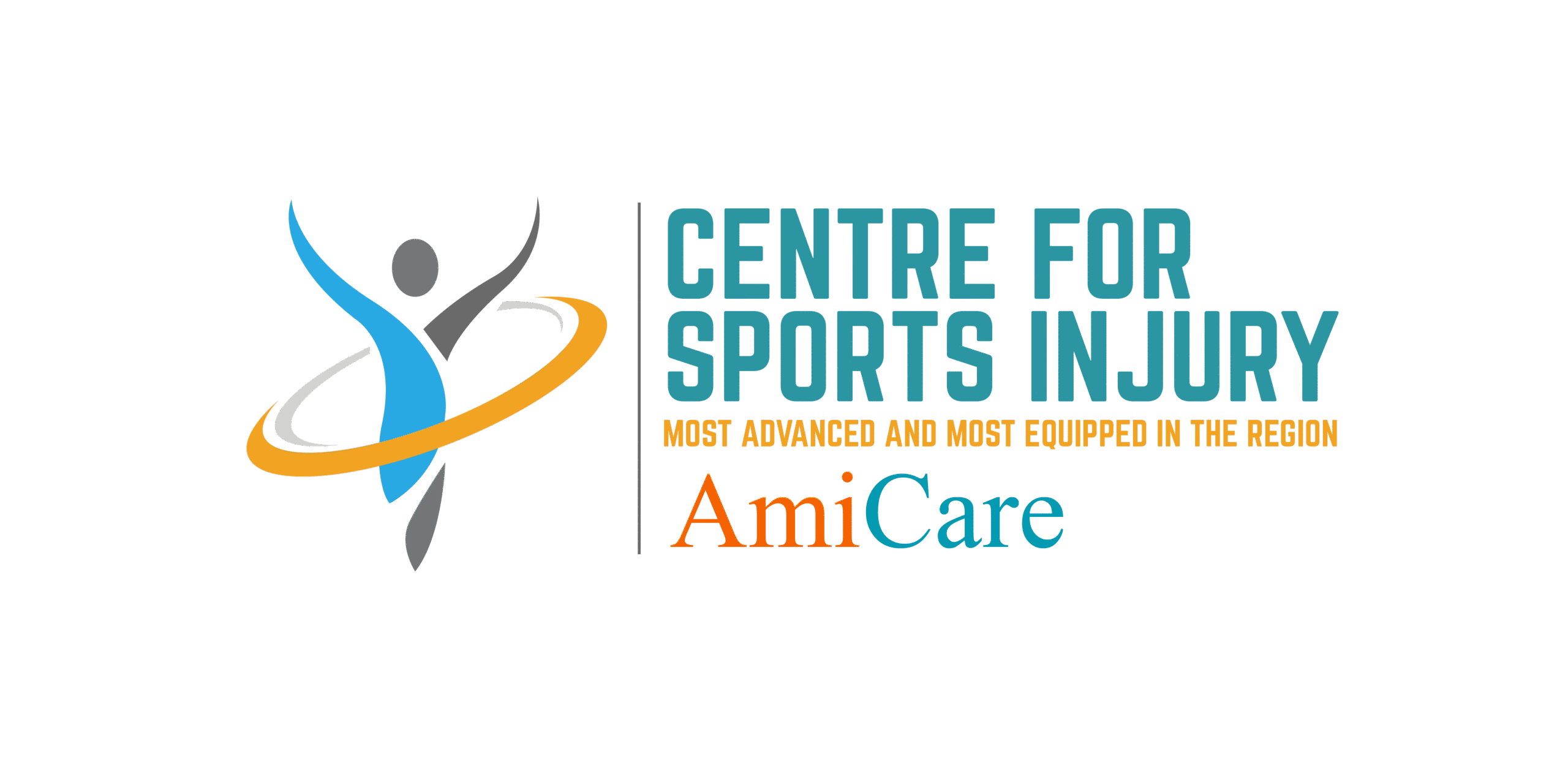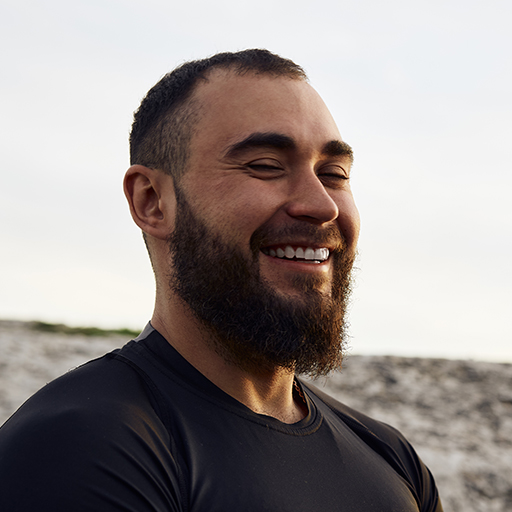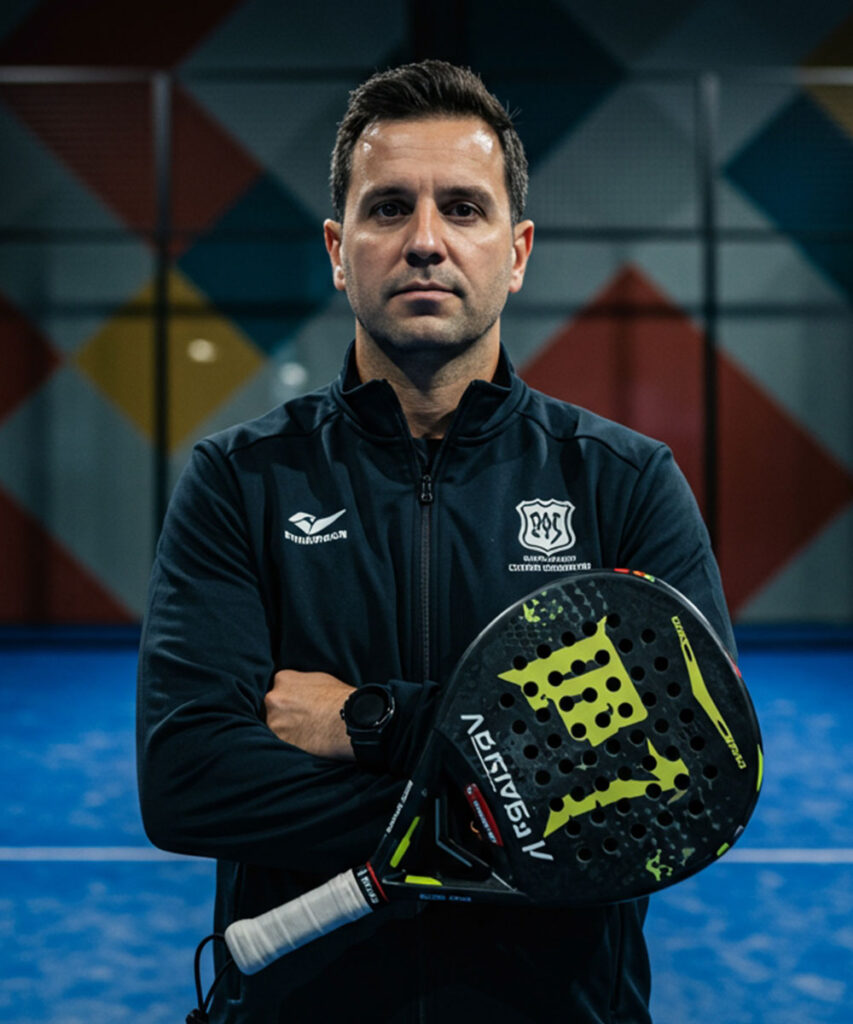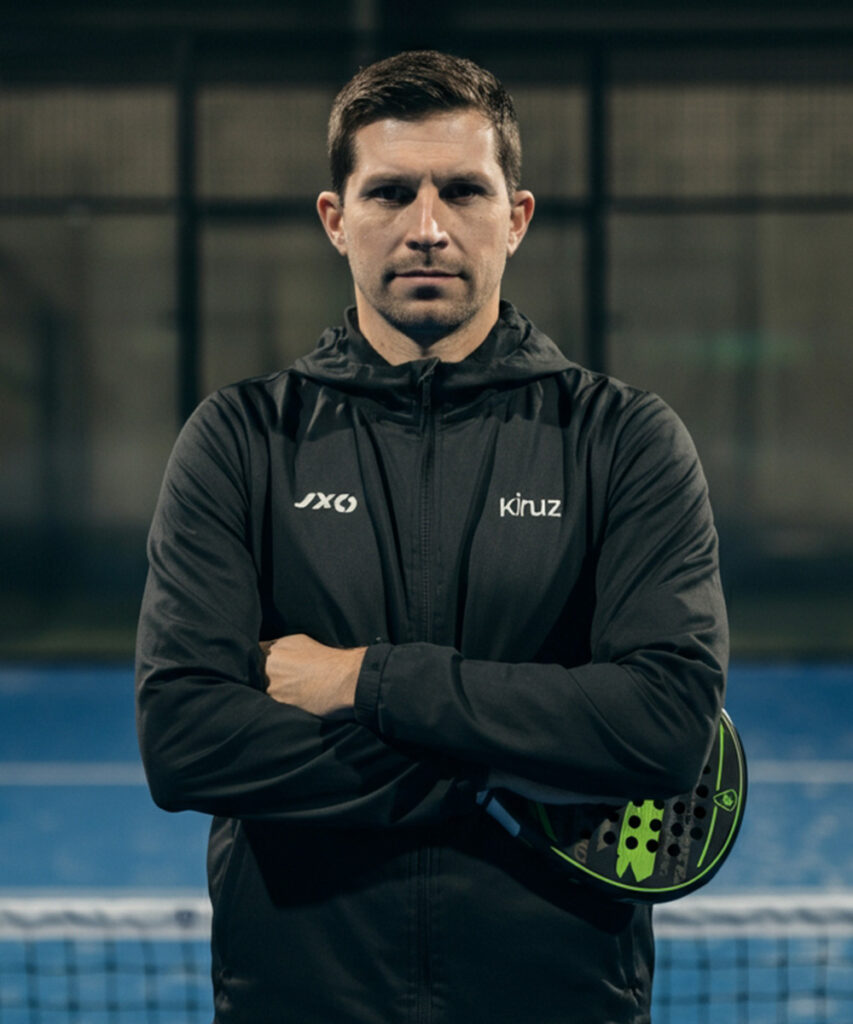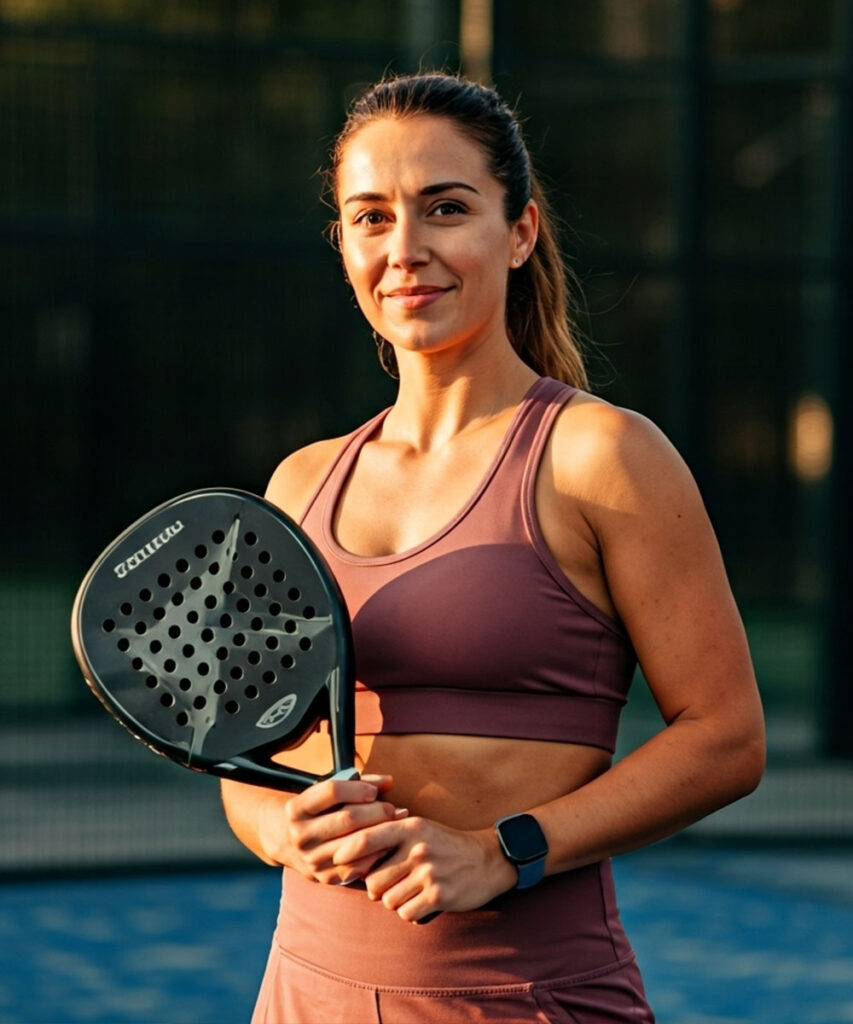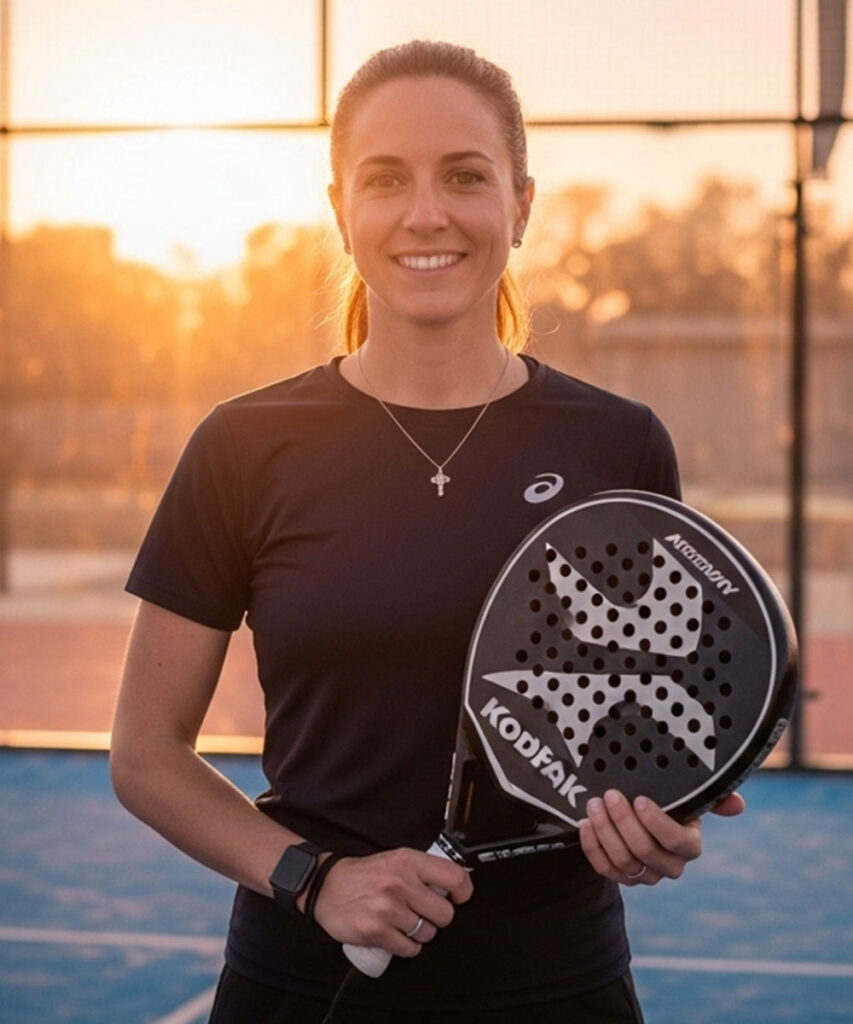Shoulder Instability Surgery
Shoulder Instability Surgery in Ghaziabad – Advanced Care by Dr. Himanshu Gupta
If your shoulder feels loose, slips out of place, or dislocates repeatedly, you may be suffering from shoulder instability — a condition that can limit your ability to work, play sports, or perform daily activities without pain or fear of injury. Whether you’re an athlete facing repeated dislocations or someone with naturally loose joints, Shoulder Instability Surgery in Ghaziabad can restore stability, strength, and confidence in your shoulder.
Dr. Himanshu Gupta, one of the leading orthopedic surgeons in Ghaziabad and Delhi NCR, offers advanced, minimally invasive solutions to treat all forms of shoulder instability. His approach combines precise diagnosis, expert surgical skills, and personalized rehabilitation to ensure long-lasting results.

Understanding Shoulder Instability
Your shoulder is the most mobile joint in your body — and that mobility comes at a cost. Stability depends on a delicate balance of muscles, ligaments, and cartilage. When any of these supporting structures are damaged or overly loose, the upper arm bone (humerus) can slip out of the socket (glenoid), leading to instability.
Types of Shoulder Instability
- Anterior Shoulder Instability – The most common type, where the shoulder slips forward. Often caused by falls, contact sports, or sudden twisting movements.
- Posterior Shoulder Instability – Less common, where the shoulder slips backward. It may occur after seizures, falls onto an outstretched arm, or heavy pushing movements.
- Multidirectional Instability – The shoulder becomes unstable in more than one direction (forward, backward, or downward), often linked to ligament laxity or genetic hypermobility.
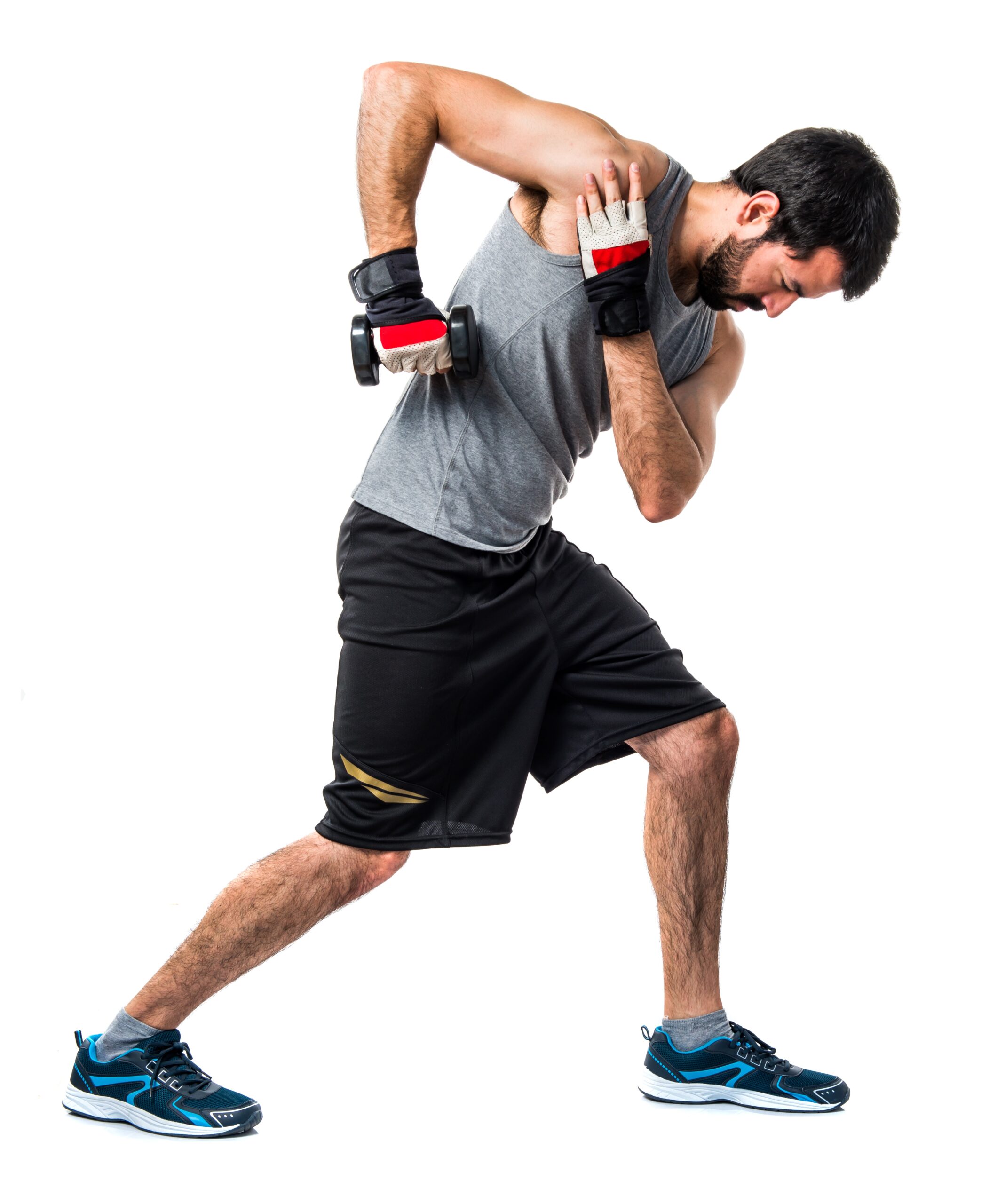
Notice the Signs Before It’s Serious
Know the signs of shoulder instability before it’s too late.
Sudden Knee Pain or Swelling
Sharp pain or visible swelling develops shortly after a fall, heavy lift, or sudden arm movement.
A Sharp “Pop” Sound
You may feel or hear a click/popping sound when moving the arm, especially during overhead activities.
Instability in the Knee
Your shoulder may feel loose, like it could slip out of place, or be unable to bear weight during lifting or rotation.

Diagnosis – How Shoulder Instability is Identified
Accurate diagnosis is essential for effective treatment.
Clinical Shoulder Instability Tests
- Apprehension Test – Checks for discomfort when the arm is moved forward.
- Relocation Test – Relieves symptoms when the shoulder is repositioned.
- Load and Shift Test – Measures how much the humeral head moves in the socket.

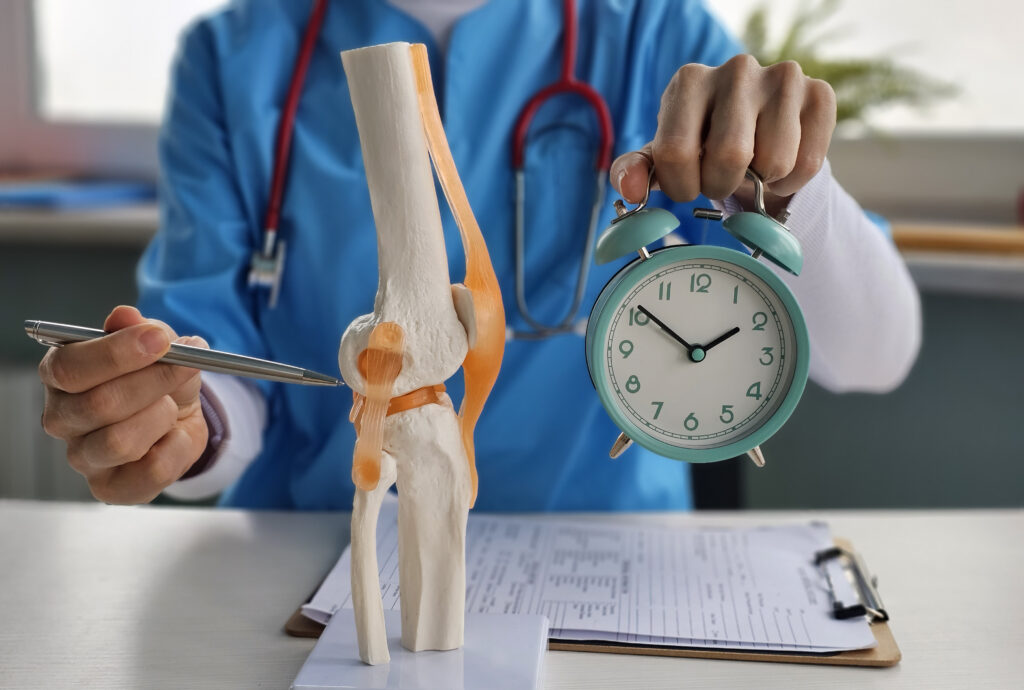
Imaging Studies
After physical examination, Dr. Gupta may order:
- X-rays – To detect bone damage or fractures.
- MRI scans – To visualize soft tissue injuries like labral tears.
CT scans – For detailed bone structure assessment
Surgical Treatment Options for Shoulder Instability
If non-surgical treatments such as physiotherapy, bracing, and medication do not provide adequate pain relief or restore normal function, surgical intervention may be recommended. This is often considered when symptoms persist, mobility is significantly limited, or the injury affects daily activities and quality of life.

Arthroscopic Shoulder Surgery
- Minimally invasive
- Uses a tiny camera (arthroscope) and small surgical tools
- Repairs torn ligaments, labrum, and tightens the capsule
- Preferred for most anterior instability cases
- Faster recovery, smaller scars, and less pain compared to open surgery

Multidirectional Instability Surgery
- Suitable for patients with looseness in multiple directions
- May involve capsular shift or thermal shrinkage techniques to tighten ligaments
- Addresses generalized laxity effectively

Latarjet Procedure (Open Surgery)
- Recommended when there’s significant bone loss or failed arthroscopic surgery
- Transfers a piece of bone from the shoulder blade to reinforce the socket
- Provides added strength and prevents future dislocations
Non-Surgical Treatment Options
Not every shoulder instability case requires surgery. At Amicare, we offer non-surgical treatment for mild instability, partial dislocations, or patients with lower activity demands. Dr. Gupta creates personalized plans, including:
Physical Therapy: Exercises to strengthen rotator cuff and shoulder stabilizer muscles, improve flexibility, and enhance joint control.
PRP Therapy: Injections using your blood’s healing factors to repair microtears in ligaments and reduce inflammation.
Bracing or Taping: Special shoulder braces or kinesiology taping for stability during sports or overhead activities.
Still unsure if surgery is needed? Get a personalized treatment plan tailored to your lifestyle and recovery goals.
WHY CHOOSE SHOULDER STABILIZATION SURGERY VS. OTHER OPTIONS
The table below compares surgical and non-surgical treatments for shoulder instability to help patients and athletes choose the best path to recovery. Consult Dr. Himanshu Gupta for a personalized treatment plan.
| Treatment Option | How It Works | Ideal Candidates | Recovery Time | Key Benefits | Limitations |
|---|---|---|---|---|---|
| Shoulder Stabilization Surgery | Repairs or tightens loose ligaments using minimally invasive arthroscopic or open surgical techniques. | Athletes, active individuals with frequent dislocations or high instability during sports/overhead activities. | 4–6 months | Restores full shoulder stability. Reduces risk of recurrent dislocations. Supports long-term joint health. | Surgical risks (low infection rate, graft failure). Requires strict rehabilitation. |
| Physical Therapy | Targeted exercises to strengthen stabilizing muscles and improve motion control. | Patients with mild instability, partial dislocations, or low activity demands. | 2–4 months | Builds muscle support. Improves control and stability without surgery. | May not provide enough stability for high-demand activities. Risk of recurrence. |
| PRP Therapy | Injections of platelet-rich plasma to enhance tissue healing. | Patients with ligament microtears or post-injury inflammation. | 1–3 months | Promotes natural healing. Minimally invasive. Can be combined with rehab. | Limited data for severe instability. Less effective for major ligament damage. |
| Bracing or Taping | Uses braces or kinesiology tape to limit excessive movement. | Temporary support for mild instability during sports or rehab. | Varies (weeks to months) | Easy to use. Non-invasive. Provides immediate support. | Does not restore full stability. Not suitable for frequent or severe dislocations. |
YOUR RECOVERY JOURNEY AFTER SHOULDER INSTABILITY SURGERY
Recovery from shoulder instability surgery typically takes 6–9 months, depending on the severity of the instability, surgical technique, and your rehabilitation progress. Dr. Gupta’s specialized rehab approach helps patients restore shoulder stability, strength, and range of motion safely.
Detailed Recovery Phases
Here’s a shorter version with the key points kept:
- Weeks 1–3: Rest, ice, and sling support to protect the repair.
- Weeks 3–6: Begin gentle, surgeon-approved range-of-motion exercises.
- Months 2–4: Gradual strengthening of rotator cuff and scapular muscles for joint stability.
- Months 4–6: Advanced strengthening, functional training, and controlled overhead movements.
- Months 6–9: Return to sports, overhead activities, or heavy work after clearance from your surgeon.

Why Athletes Trust Our Sports Injury Centre
Amicare Hospital is trusted by 750+ athletes across Delhi NCR for expert shoulder instability treatment and sports injury care. With advanced facilities and a high success rate under the guidance of Dr. Himanshu Gupta, we help restore stability, strength, and confidence so you can return to peak performance.

COST OF SHOULDER INSTABILITY SURGERY
Shoulder instability surgery costs vary depending on the severity of instability, surgical method, and hospital stay. At Amicare, we provide clear, personalized cost estimates tailored to your treatment plan.
The cost of shoulder instability surgery depends on factors like:
Type of Repair: Tightening stretched ligaments, repairing torn labrum, or reconstructing with tissue grafts.
Surgery Method: Minimally invasive arthroscopic stabilization or open surgical repair.
Hospital Stay: Often same-day discharge or 1–2 days for recovery and monitoring.
For a personalized cost estimate, contact us. Amicare is committed to making shoulder instability treatment effective and affordable for patients.

INJURY PREVENTION TIPS FOR ATHLETES
To prevent shoulder instability, focus on strengthening rotator cuff and shoulder stabilizing muscles, warm up with dynamic stretches, maintain proper sports technique, and avoid repetitive overhead movements without adequate conditioning.
Recovering from shoulder instability surgery requires proper care and exercises. Dr. Gupta shares simple post-surgery tips:
Early Mobility: Perform gentle, surgeon-approved range-of-motion exercises to prevent stiffness and promote healing.
Strength Exercises: Gradually include resistance band strengthening for rotator cuff and scapular muscles, as advised by your physiotherapist.
Proper Technique: Follow correct posture and movement patterns during daily activities to avoid undue stress on the healing shoulder.

COST OF SHOULDER INSTABILITY SURGERY
Shoulder instability surgery costs vary depending on the severity of instability, surgical method, and hospital stay. At Amicare, we provide clear, personalized cost estimates tailored to your treatment plan.
The cost of shoulder instability surgery depends on factors like:
Type of Repair: Tightening stretched ligaments, repairing torn labrum, or reconstructing with tissue grafts.
Surgery Method: Minimally invasive arthroscopic stabilization or open surgical repair.
Hospital Stay: Often same-day discharge or 1–2 days for recovery and monitoring.
For a personalized cost estimate, contact us. Amicare is committed to making shoulder instability treatment effective and affordable for patients.

INJURY PREVENTION TIPS FOR ATHLETES
To prevent shoulder instability, focus on strengthening rotator cuff and shoulder stabilizing muscles, warm up with dynamic stretches, maintain proper sports technique, and avoid repetitive overhead movements without adequate conditioning.
Recovering from shoulder instability surgery requires proper care and exercises. Dr. Gupta shares simple post-surgery tips:
Early Mobility: Perform gentle, surgeon-approved range-of-motion exercises to prevent stiffness and promote healing.
Strength Exercises: Gradually include resistance band strengthening for rotator cuff and scapular muscles, as advised by your physiotherapist.
Proper Technique: Follow correct posture and movement patterns during daily activities to avoid undue stress on the healing shoulder.
Meet Our Specialist
Frequently Asked Question
In most cases, yes — especially when followed by proper rehabilitation.
For most instability cases, arthroscopy offers quicker recovery and less discomfort. Open surgery is best for severe bone loss or revision cases.
Yes. With adherence to your rehab plan, many athletes return to full performance within 6–9 months.
It means the shoulder is unstable in multiple directions, requiring specialized surgical tightening techniques.
You can call the clinic or book online for an appointment in Ghaziabad or Delhi NCR
